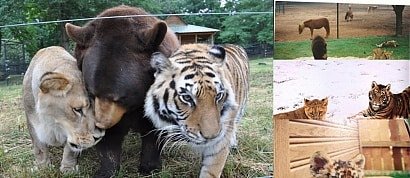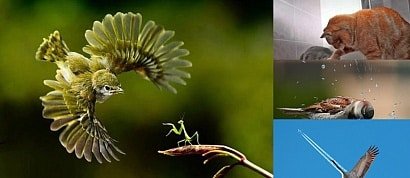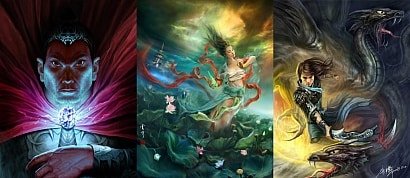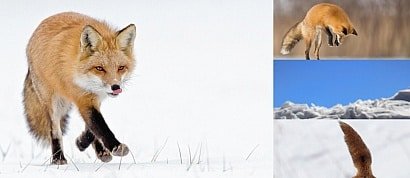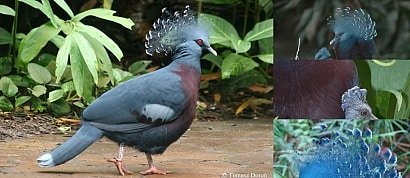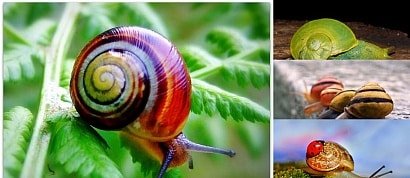A list of my favorite images of camels and dromedaries.
en.wikipedia.org/wiki/Bactrian_camel
The Bactrian camel (Camelus bactrianus) is a large, even-toed ungulate native to the steppes of Central Asia. Of the two species of camel, it is by far the rarer. The Bactrian camel has two humps on its back, in contrast to the single-humped dromedary camel.
Its population of two million exists mainly in the domesticated form. Their name comes from the ancient historical region of Bactria.
The domesticated Bactrian camel has served as a pack animal in inner Asia since ancient times. With its tolerance for cold, drought and high altitudes, it enabled travel such as the caravans of the Silk Road.
The wild form has dwindled to a population estimated at 800 in October 2002 and has been classified as critically endangered on the IUCN Red List of Threatened Species. Its range in the wild is restricted to remote regions of the Gobi and Taklamakan Deserts of Mongolia and China, migrating from the desert to rivers in Siberia during winter.
A small number of wild Bactrian camels still roam the Mangystau Province of southwest Kazakhstan and the Kashmir valley in India. There are feral herds of Bactrian camels in Australia.
en.wikipedia.org/wiki/Dromedary
The dromedary, also called the Arabian camel or the Indian camel, is a large, even-toed ungulate with one hump on its back. First described by Aristotle, the dromedary was given its binomial name by Carl Linnaeus in 1758.
The dromedary is the next largest member of the camel family after the Bactrian camel. The oldest known ancestor of the dromedary is the Protylopus.
Males are 1.8–2 m (5.9–6.6 ft) tall and females are 1.7–1.9 m (5.6–6.2 ft) tall. Males range from 400–600 kg (880–1,320 lb), while females weigh 300–540 kg (660–1,190 lb). They vary in colour from a light beige to dark brown. The notable hump, measuring 20 cm (7.9 in) high, is composed of fat bound together by fibrous tissue.
The dromedary's origin is unclear, but it was probably domesticated in Somalia or Arabian Peninsula about 4000 years ago, with a general agreement among experts about the domestication of the one-humped camel. The domesticated form occurs widely in Horn of Africa, North Africa, South Asia, and the Middle East. Today, almost 13 million dromedaries are domesticated.
They are beneficial as beasts of burden, and their docility and toughness compared to cattle are additional advantages. The hair is a highly regarded source material for woven goods. Another useful feature is their dung which can be used as fertiliser and fuel.
Added to
People who voted for this also voted for
Lions & Tigers & Bears
Films About Horse
Allure: Cars
Tatra Mountains - Gąsienicowa Valley - 2008
Animal Candids 1
Bmw M series
Remember? part III
Cat Vs Dog
Younger and Older Actors - Academy Award
Yuehui Tang - 2
Foxxy
Animal World, Part 4 (I Can Help!)
80's Top of the Rock Videos RESTORED
Top Gear 20 Best Cars
Icevipers Angel Collection
More lists from kathy
Favorite Images of Pigeons & Doves
Favorite Images of Otters #1
Favorite Images of Blue Pool
Favorite Images of Snails #1
Favorite Images of Birds #2
Favorite Images of Rabbits & Hares #1
Favorite Images of Horses, Ponies & Wild Asses #1
 Login
Login






































